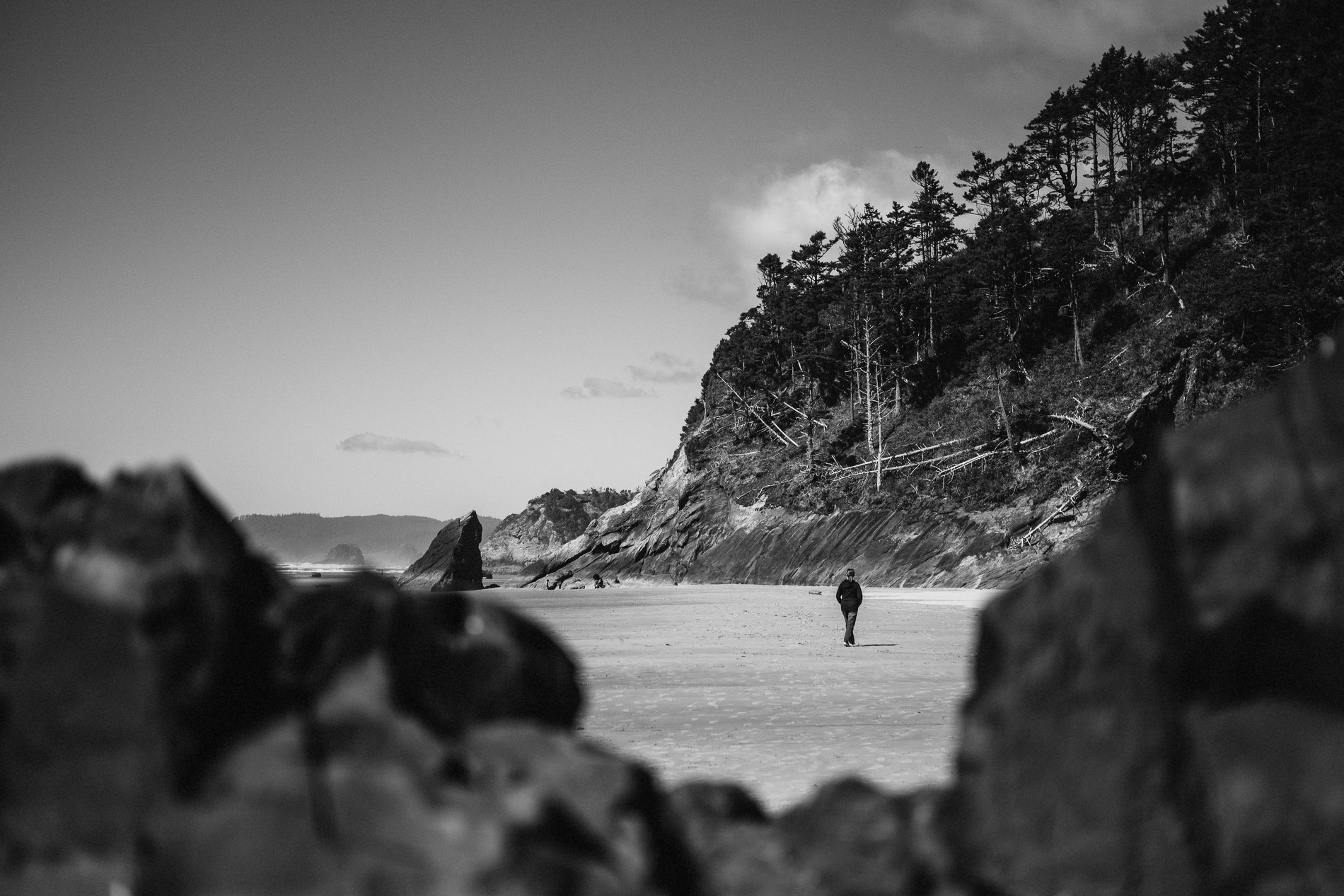

- Best settings for iridient x transformer manual#
- Best settings for iridient x transformer upgrade#
- Best settings for iridient x transformer full#
- Best settings for iridient x transformer plus#
Either way I could post shots straight out of the camera. With some research, even find recipes from experts out there for Fujifilm.
Best settings for iridient x transformer manual#
Like film I would shoot with manual lenses and use an in-camera stock film simulation or create my own. I wanted this camera to be totally a hybrid experience of both film and digital. Next up I purchased three Fotasy adapters for all my Canon, Minolta, and Olympus lenses. It is basically the size of my OM-1 but shaped more like a Canonet rangefinder. The X-E2 has a larger viewfinder (0.5 in) than the X-E3 (0.39 in) which was even better since I wear glasses. In February I had the opportunity to purchase the X-E2 (body only) for a fantastic price. I began doing comparisons of the X100 to X-E series and got it down to the X-E2. After posting some questions on an Fujifilm group, out popped the X-E series that could satisfy my personal criteria. Where would I go from here? A camera that looked more like a rangefinder than an SLR was my focus, so I started combing Reddit for answers. The entire X100 series has only a fixed lens like many of the film rangefinders from years back.

The only thing was, I wanted to use my lenses. Hearing all sorts of great reviews and constant praise of this system. With Fujifilm my first sort of introduction was with their X100 series. I really enjoy film simulations and would spend a lot of time in post using Lightroom with VSCO filters to get that perfect Ektar 100 or Fuji Superia 400 look from my Nikon photos. Not only did their cameras look like old film ones, but they also had a niche with film simulation, which is something that is important to me when processing digital shots. Fujifilm Enters the MixĮverything changed when I looked into Fujifilm. For both neither was quite right, the a6000 didn’t feel good in my hand, and the a7 series, a bit too large.
Best settings for iridient x transformer full#
I first looked at Sony with their popular a6000, and of course the more expensive a7 series that would give me full frame and a true display of the lenses. The result was trying to find a mirrorless camera that could satisfy both. I was wanting to shoot these lenses more, and I was also tired of lugging around big Nikon DSLRs.
Best settings for iridient x transformer plus#
Today I still have my old faithful Canon AE-1 with a series of about five lenses, an Olympus OM-1, and several Minoltas with a dozen plus lenses. You see around 2017 my desire to return to film took off again especially when I realized how cheap the cost was for most of them. Now fast forward to the beginning of 2020 - I had a total of three Nikon DSLRs and a host of great vintage film cameras and lenses I had begun collecting around 2017. So for a good ten years after, my film days were dormant. Target was wrapping up it’s in-store photo processing around then.

In 2007 I briefly pulled out the AE-1 again to take photos of my newborn son with some expired film that I developed at Target. I had basically stopped shooting all film in 2004 with a Kodak Advantix C700 APS film camera. At that time a six megapixel photo was plenty for printing and the quality was excellent in good lighting. Chunky DSLRs with a wide range of lens options despite the D70 being only six megapixels. A 2004 Nikon APS-C DSLR looked very close to its film predecessors immediately before. The Nikon D70 was a game changer despite the fact that the D70 was going on six years.
Best settings for iridient x transformer upgrade#
As the years went on I would upgrade point and shoot digitals here and there until a friend of mine offered to sell me her Nikon D70 in 2010. Add to that, people were starting to look at photos on websites or via email attachments, so even printing was less of an issue. While the photos didn’t have the quality of film, I also didn’t have to pay for processing or wait time. This love of that SLR continued on for years until 2001 when I purchased my first digital camera, the Toshiba PDR-M61. The AE-1 was given to me by my dad for high school photography classes. I took it everywhere, including multiple travels to Europe. You might say the perfect way to start film photography as a young boy is with a Canon AE-1.


 0 kommentar(er)
0 kommentar(er)
